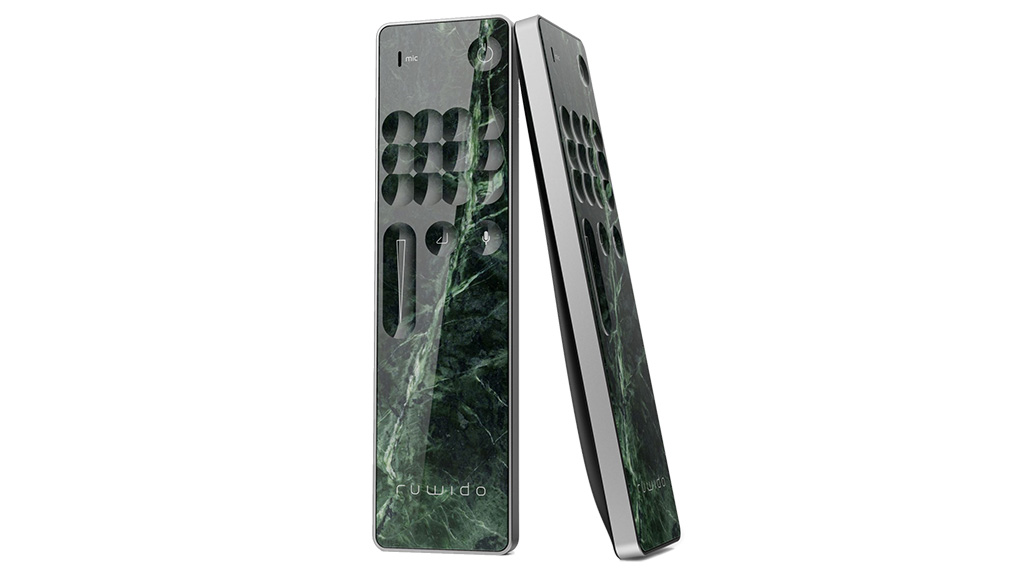With so much talk about voice, it may seem surprising that there is still an important role in the living room for the humble handheld remote control. Yet the remote control specialists at Ruwido have come up with a device that can identify a user within a few seconds, just by the way they hold and handle it, opening up interesting opportunities for personalisation.
One might be led to believe, in a world in which many people seem to watch television with a phone or tablet in their hand, that there is no place for a dedicated remote control.
However, a separate device may still be best suited for simple navigation, pausing playback or changing the volume, without having to open an app.
Despite enthusiasm in some markets for voice control, some people still appear to be uncomfortable talking to their television, particularly if it does not seem to understand them.
Some remote controls incorporate voice capabilities, which work well for search but are perhaps less appropriate for simple functions.
There are also increasing concerns about living room privacy and the use of personal data.
This has led Ruwido to develop a ‘biometric haptic’ input device that supports automatic user identification, based on the individual way in which they handle the remote control.
It seems that is sufficient to discriminate between different users within the home, without requiring registration of fingerprints or voiceprints.
Identifying characteristics of individuals within the home enables user interface adaption, personalised recommendations, and potentially targeted information or advertising.
The award-winning Ruwido Tictactile system combines tactile sensation with a corresponding visual interface. It can incorporate voice, but it only listens when granted permission by the user.
“We will see multimodal input devices combined with additional sensing technologies that support user recognition and thus personalization of TV content, that can also bring advantage to the operators”, said Ferdinand Maier, the chief executive of Ruwido.
Founded in Salzburg fifty years ago, a quarter of the 190 employees of the Austrian company are dedicated to research and development, which enables the company to excel in new interaction techniques, user experience and usability concepts.

At the IBC show, Ruwido introduced a model with a marble surface, with haptic or tactile landmarks carved into its smooth surface.
It is a statement piece, given that some operators and manufacturers appear determined to spend as little as possible on their remote controls. Yet as other have realised, it is an element of brand that you hold in your hand, a literal touchpoint that controls how users relate to the screen.
